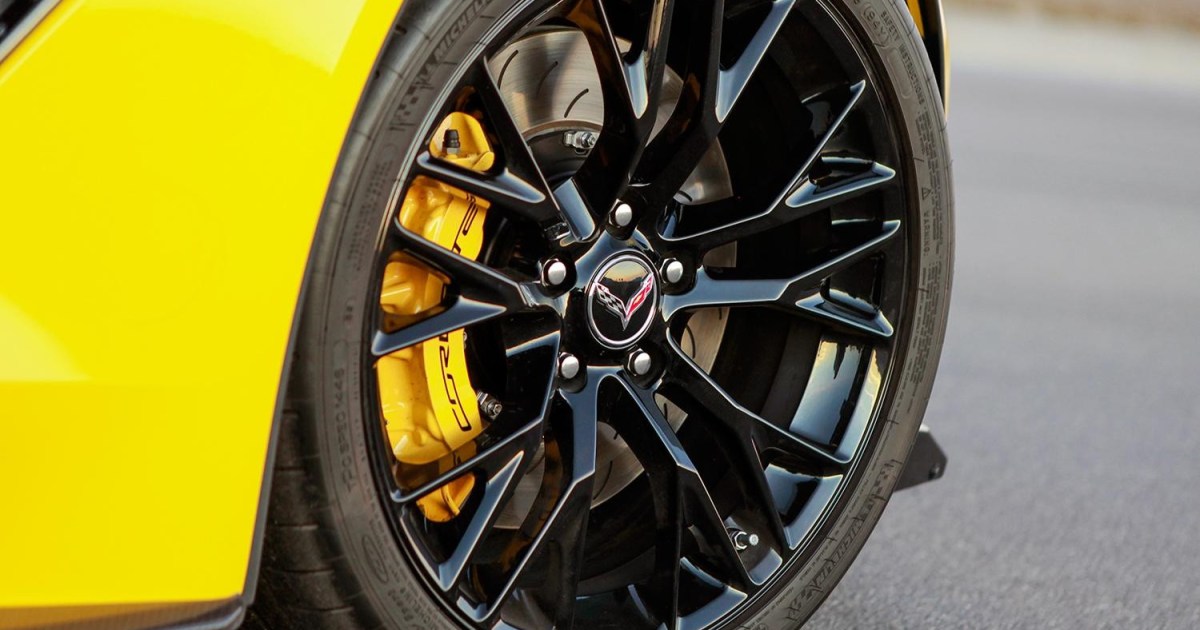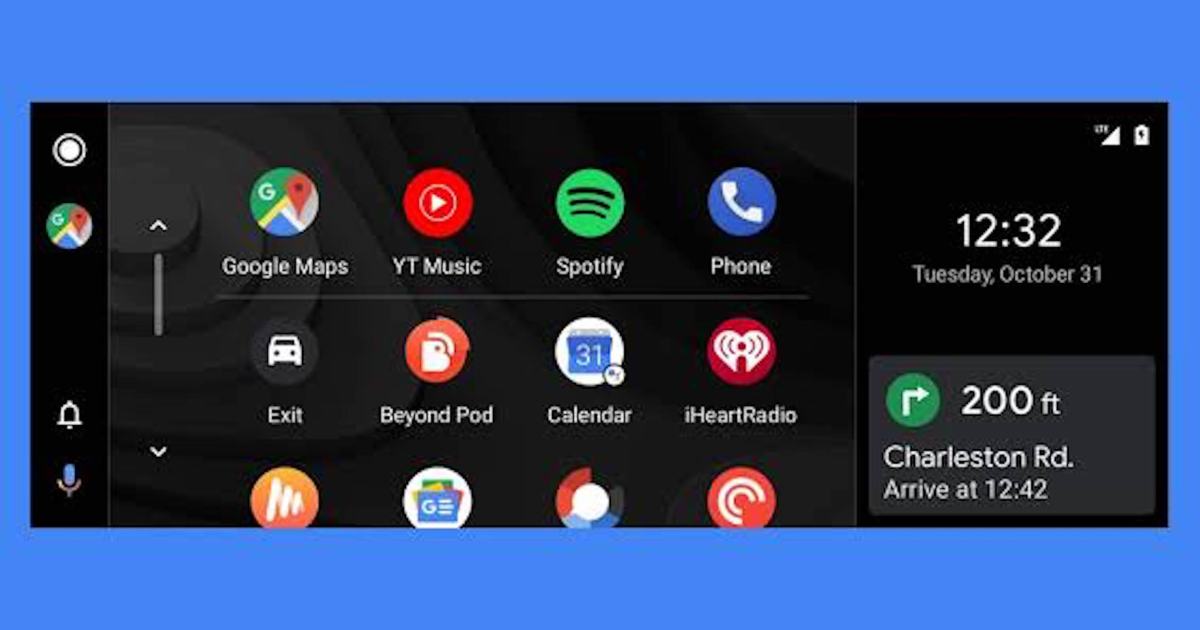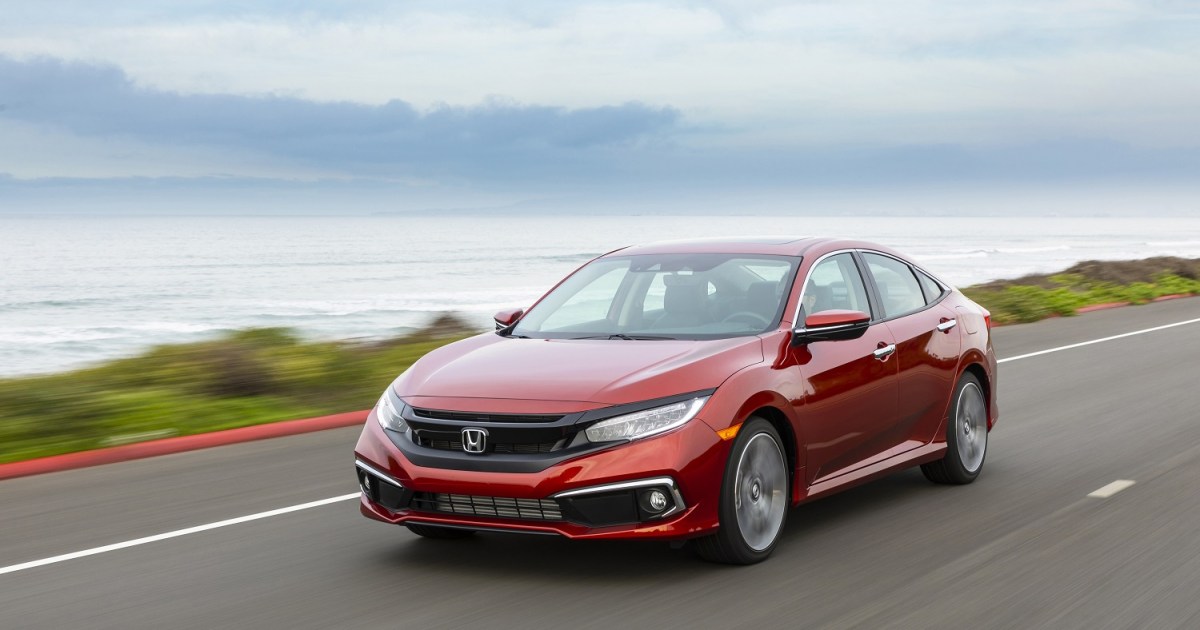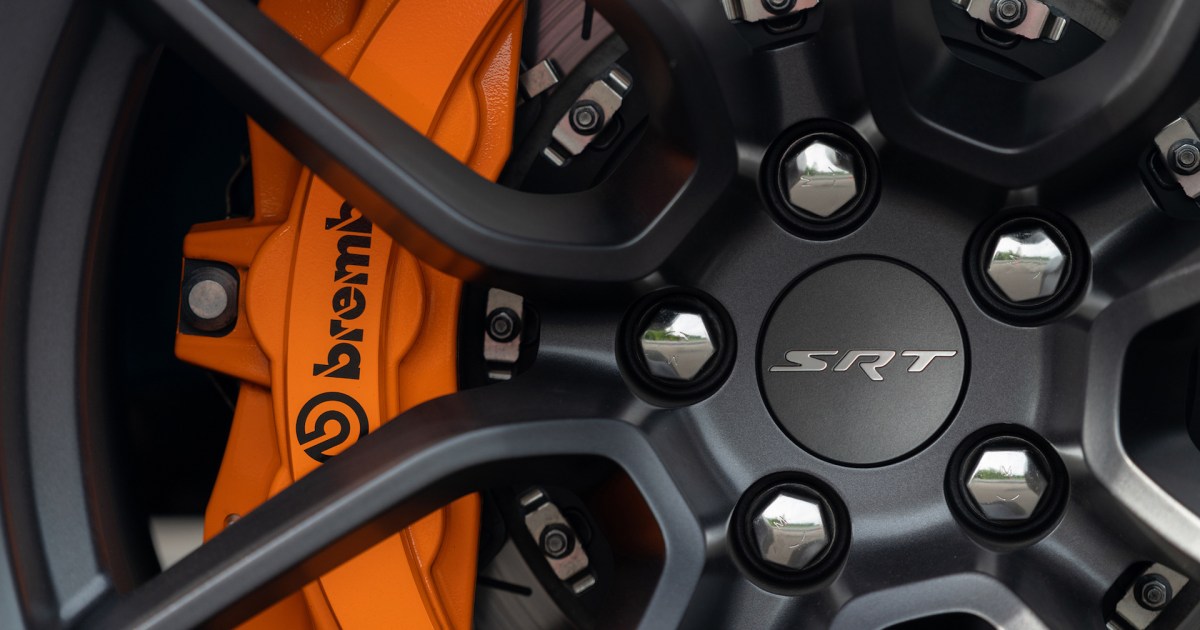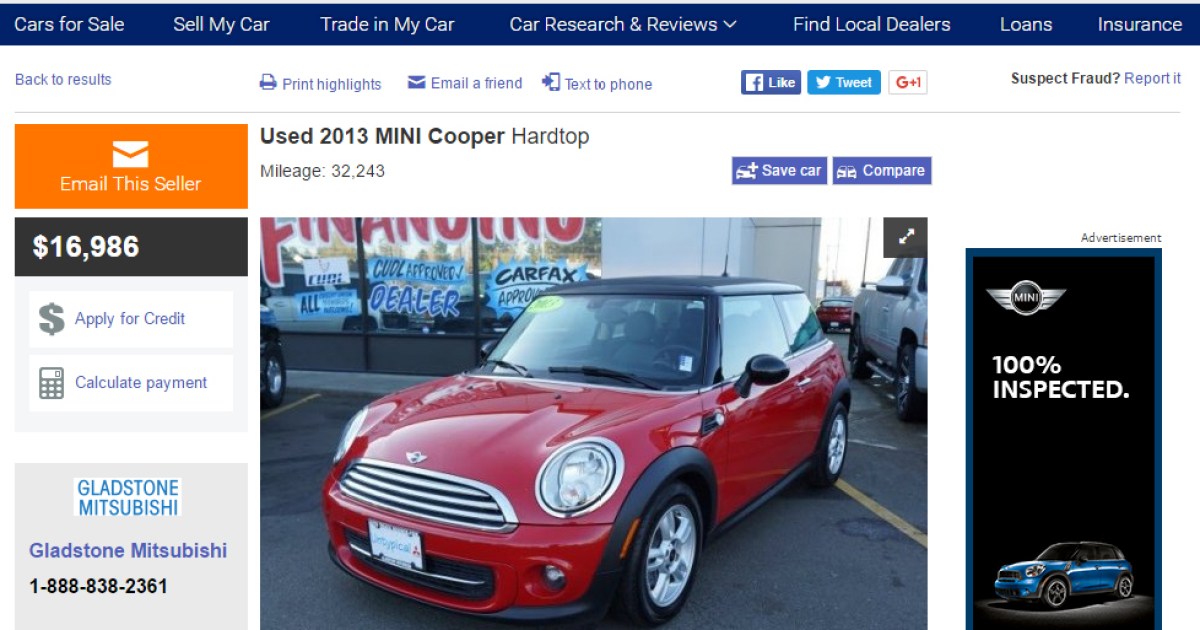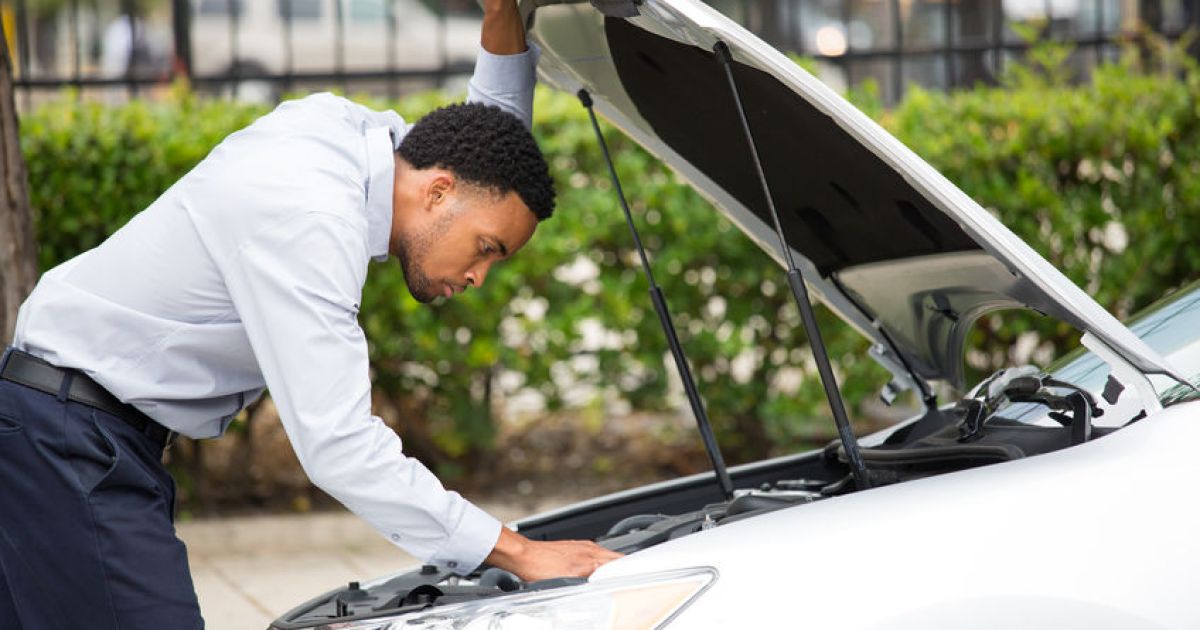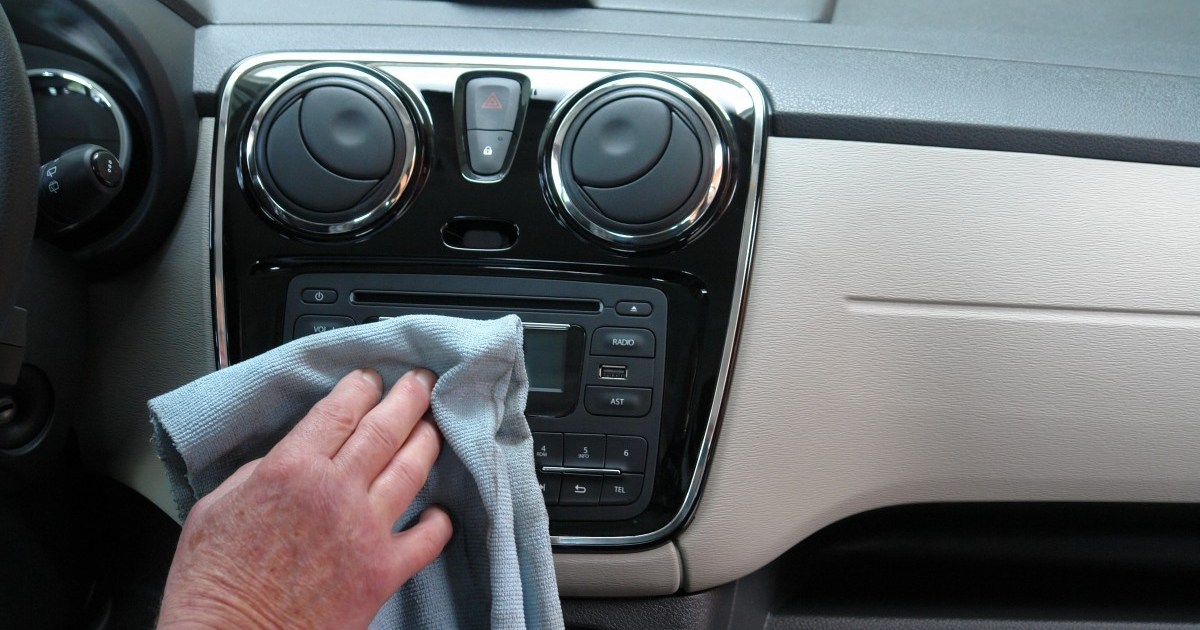That ear-piercing squeal of your car’s brakes can be embarrassing and concerning. While intermittent chirps are normal, especially in harsh climates, persistent squealing requires attention. This guide provides a comprehensive overview of why brakes squeak, how to diagnose the issue, and practical solutions to silence the noise.
Understanding Brake Squeal
Brake squeal is typically caused by vibrations between the brake disc, caliper, and pad. This noise occurs when pressure is applied from the caliper onto the disc. Several factors can contribute to this vibration, including:
- Rust and Moisture: Surface rust on the discs or pads, often forming overnight, can cause squealing until the rust is worn away. This is generally not a cause for concern.
- High-Performance Brake Pads: Racing or performance brake pads, designed for high heat and friction, can generate audible squealing due to their material composition.
- Worn Brake Pads: A shrill metallic grinding sound, rather than a high-pitched squeal, indicates severely worn brake pads. This requires immediate attention as the metal backing plate is contacting the rotor.
Tools and Materials for Quieting Brakes
Before you begin, gather the following tools and materials:
- Mechanics gloves with grip
- Jacks and jack stands
- C-clamp
- Lug wrench
- Socket wrench set
- Teflon shims
- Brake grease or anti-seize lubricant
- Anaerobic adhesive
Silencing the Squeal: Step-by-Step Solutions
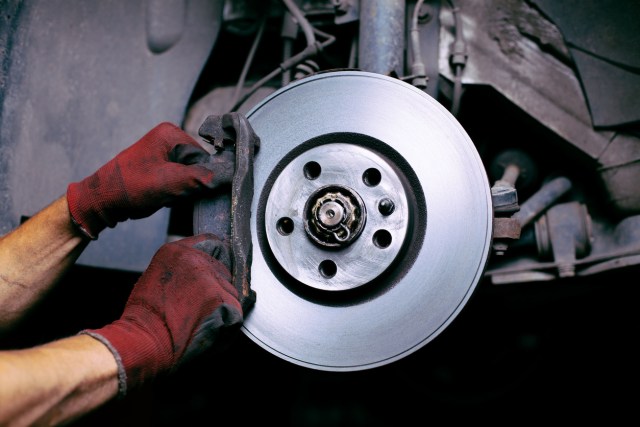 Brake padsAlt text: Close-up view of new brake pads and rotor.
Brake padsAlt text: Close-up view of new brake pads and rotor.
Addressing squeaky brakes involves either dampening the noise or replacing worn components. Here are some effective methods:
1. Installing Teflon Shims:
Placing a Teflon shim between the brake pad and caliper piston can dampen vibrations. However, not all brake systems have sufficient space for shims without causing the pad to drag on the disc.
2. Applying Brake Grease or Anti-Seize:
Applying brake grease or anti-seize lubricant to the back of the brake pads can provide temporary relief from squealing. This is not a permanent solution but can effectively reduce noise.
3. Affixing the Brake Pad Backing Plate:
A more permanent solution involves adhering the brake pad backing plate to the caliper piston or housing using an anaerobic adhesive. This alters the vibration frequency and effectively eliminates the squeal. This method increases the piston’s mass, dampening the vibrations. Ensure the adhesive is high-quality to withstand environmental factors and prevent the plate from detaching.
Troubleshooting Persistent Brake Noise
If these methods prove ineffective, further investigation is necessary:
1. Check for Recalls: Research any brake recalls related to your car’s make and model. While uncommon, faulty brakes are sometimes subject to recalls.
2. Consult Your Dealership: If no recalls are found, contact your dealership for assistance. They maintain comprehensive records of vehicle recalls and can provide expert advice on addressing your specific brake issue.
Conclusion
Squeaky brakes can be annoying and sometimes indicate a serious problem. By understanding the causes of brake squeal and employing the methods outlined in this guide, you can effectively diagnose and resolve the issue. Remember to prioritize safety and consult a professional if you’re unsure about any procedure or if the problem persists.



